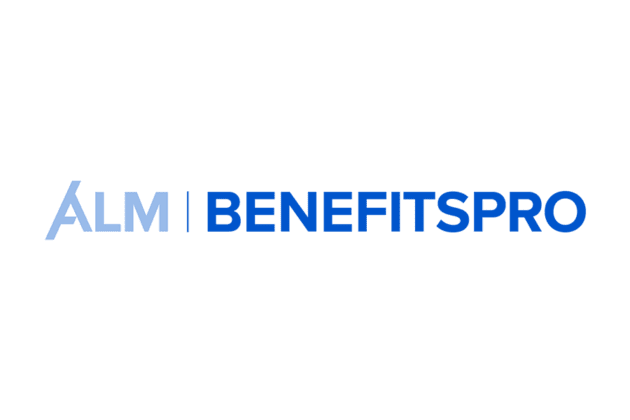From onboarding to offboarding, you can gather data about your teams along their whole journey. The key is putting it to use. By measuring recruitment numbers, onboarding timelines, diversity demographics and other data points, employers can not only uncover trends, but also solve tricky problems.
People analytics has always been crucial to HR operations, but it’s only relatively recently that developments in software and AI have been introduced to streamline gathering employee data. While people analytics is meant mainly to help you better understand and support your employees, it can do a lot more than that.
What do retention rates, employee satisfaction, and gender demographics all have in common? They’re all forms of data that can be measured through people analytics. With this data, employers can understand trends within their company and use that information to become stronger leaders and better support their teams.
“[People analytics] can be used to understand how different individuals or departments work together, to gain insight into productivity, identify potential attrition risks, fatigue, and safety warning signs, and to assess diversity across the organization,” says Leslie Tarnacki, SVP of Human Resources at WorkForce Software.
Your data may reveal holes in your organization or areas for growth, but it can also reveal the things your company does well. You may be more invested in giving back to your community than your competitors, or your teams may have lower than average turnover rates.
“Before there were people analytics tools, executing these types of analyses was much more difficult,” Tarnacki says. “People analytics software has made HR leaders’ jobs easier because it gives us, in essence, a shortcut to conducting an analysis of our people and predictive insights that can be leveraged to change outcomes.”



